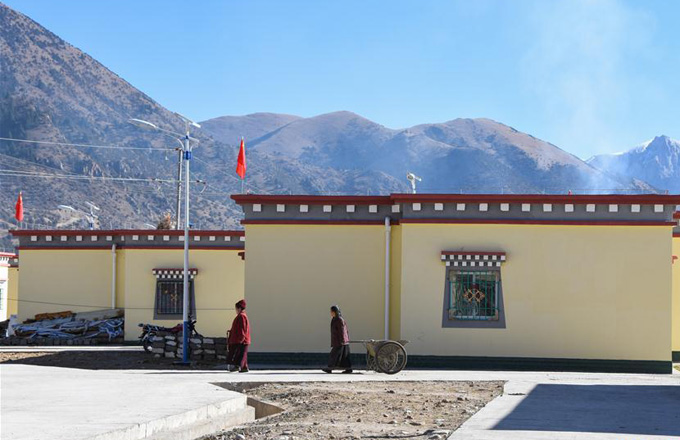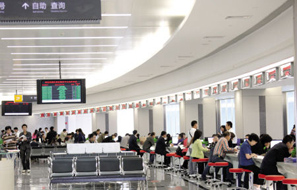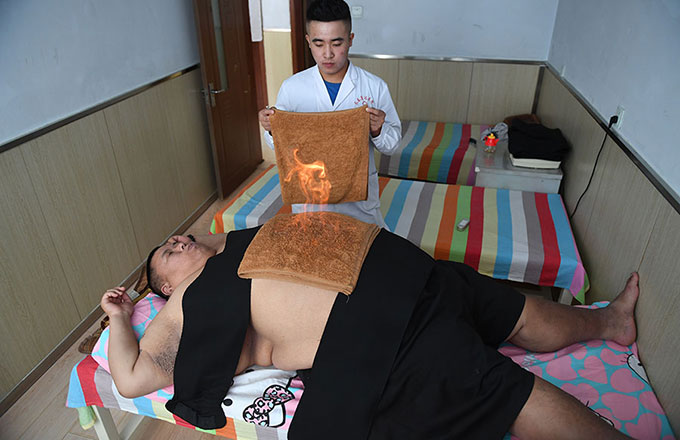Taxis help monitor pollution in Jinan
A batch of 100 taxis equipped with air quality monitors that can measure particulate matter such as PM2.5 and PM10 have hit the road in Jinan, Shandong province, the city's environmental protection bureau said on Tuesday.
The vehicles generate data every three seconds, and transmit measurements and video back to the city's monitoring center in real time.
It is estimated that the taxis will travel a total of more than 23,000 kilometers a day and cover more than 95 percent of the roads in downtown Jinan. An estimated 1.2 million data sets will be generated every day, according to the bureau.
The platform, developed by Jinan-based Nova Fitness, is said to be the first of its kind to be used on China's roads.
"It can reach many corners that the fixed-point monitors do not cover," said Yu Feng, a sales manager at the company. "From the digital map in the monitoring center, it is easy to see the air quality along different roads and areas. It will turn red where there is a high pollution level, and we can observe it in a timely manner and see the specific measurements."
The monitors are installed under the signboards on top of the taxis. They are waterproof and resistant to shaking, high temperatures and other weather conditions, Yu said.
"We started the test run of the monitor-equipped taxis in Jinan at the end of August. The monitoring center has been officially put into use now, and 100 taxis are sending back information in real time," he said.
The taxis are just the first batch of vehicles expected to be deployed for mobile air quality monitoring. The company has said it is working with local governments for further launches.
"We're also considering mounting the monitors on public buses, which depart every few minutes, so that we can get timely data along bus routes," Yu said.
Northern China, including Jinan, which is 90 minutes south of Beijing by bullet train, is under intense pressure to meet clean air targets, particularly in winter when residential heating systems are switched on, typically in mid-November.
PM2.5 and PM10 particulate matter accounted for more than half the pollutants in the first nine months of this year, according to local environmental authorities. PM2.5 particles are those smaller that 2.5 microns in diameter that pose heightened health risks.
Zhang Yi contributed to this story.





















